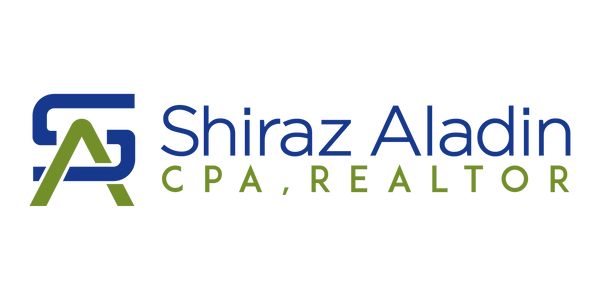Objective: To educate clients on the significance of maintaining accurate financial records throughout the year and guide them in using financial software or apps to simplify the tax preparation process.
Key Points:
1. The Importance of Accurate Records:
- Accurate records are the foundation of successful tax management.
- Comprehensive records ensure you claim all eligible deductions and credits, reducing your tax liability.
- Reliable records provide a clear financial snapshot, helping with budgeting and financial planning.
2. Benefits of Digital Record-Keeping:
- Digital tools offer convenience and accessibility, allowing you to update records on-the-go.
- Financial software and apps help automate data entry, reducing the risk of errors.
- Cloud-based platforms ensure data security and backup, minimizing the risk of data loss.
3. Selecting the Right Financial Software/App:
- Choose software or apps that align with your financial goals and personal preferences.
- Ensure the selected tool is user-friendly and compatible with your devices.
- Look for features like expense tracking, receipt scanning, and income categorization.
4. Steps to Implement Digital Record-Keeping:
- Start by organizing existing financial records and importing them into the chosen tool.
- Regularly update income and expense data to maintain real-time accuracy.
- Use the software's features, like receipt scanning, to eliminate paper clutter and store digital copies securely.
5. Benefits for Tax Preparation:
- Digital records streamline tax preparation by categorizing income and expenses.
- Summarized financial data simplifies the process of completing tax forms.
- Access to historical records assists in responding to IRS inquiries and audits.
6. Professional Assistance:
- Collaborate with a tax professional or advisor to ensure proper utilization of financial software and accurate record-keeping.
- Seek advice on tax-saving strategies based on your organized financial data.
Action Plan:
- Assess Current Record-Keeping: Evaluate your current record-keeping methods, identify weaknesses, and recognize areas for improvement.
- Select Appropriate Software/App: Research and choose a financial software or app that suits your needs and preferences.
- Organize Existing Records: Begin by organizing your existing financial records and importing them into the digital tool.
- Regular Updates: Commit to regularly updating income, expenses, and receipts to maintain up-to-date records.
- Seek Professional Guidance: If needed, consult a tax professional or advisor for personalized assistance and tax-saving strategies.

